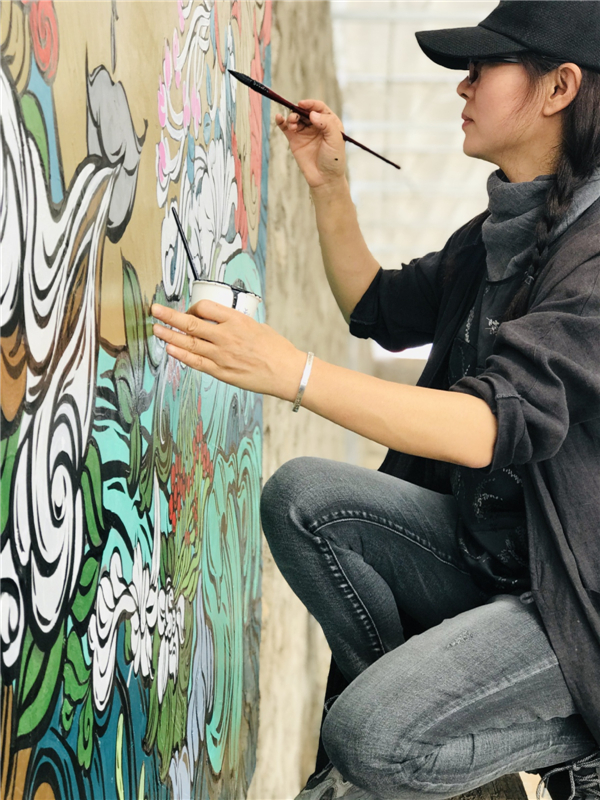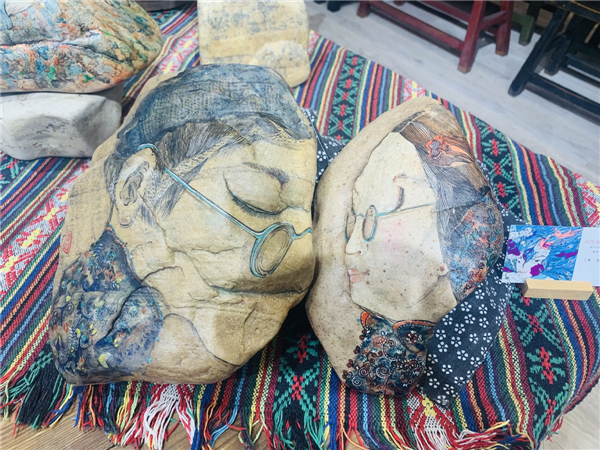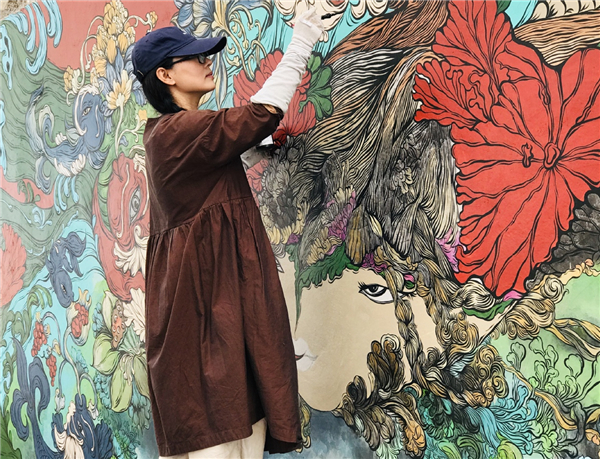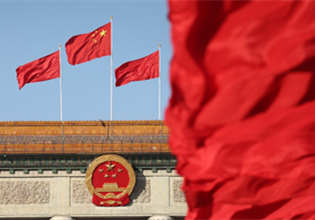Artist tells stories on Yellow River stones

Lu Ting draws in Saikhanus village in Inner Mongolia autonomous region. [Provided to chinadaily.com.cn]
As a painter, Lu Ting, 46, has a special way to express her deep love for her hometown: making colorful paintings on her beloved stones.
"I was born and raised near the Yellow River and used to visit a lot as a child. I feel connected with the river," she said.
At the age of 2, she moved from Bayannuur, Inner Mongolia autonomous region, to the region's Wuhai city, where she was raised. It's where the Yellow River enters the region.
Lu majored in woodblock painting at Inner Mongolia Normal University and now works for the painting and calligraphy academy in Wuhai's Hainan district.
The idea of painting on stones hit her in 2016, because she was fascinated by the stones when walking along the river near an inn in the city.
"I have been fond of these stones since childhood, and was attracted by their different shapes years ago when I visited the river again," Lu said. "The image of the Yellow River as the mother river of our nation inspires me."

Lu Ting's stone painting work [Provided to chinadaily.com.cn]
She uses different techniques, including splash ink and fine Chinese brushwork in her creations.
"I had many difficulties in the beginning, including choosing the color to use on the stone and how to avoid color fading," she said.
Early on, she created several series, including The Story of Fuhe, Gentle Autumn Wind and Warm Wind from the South. The one about Fuhe was displayed at the China International Cultural Industries Fair in 2018.
"In this series, I created seven different human characters and five elves who keep human company," Lu said. "In the future, I want to enrich the forms of drawing and try out the block painting and Chinese ink painting."

Lu Ting draws in Saikhanus village in Inner Mongolia autonomous region. [Provided to chinadaily.com.cn]



 Print
Print Mail
Mail





